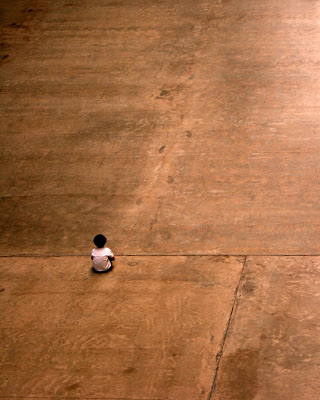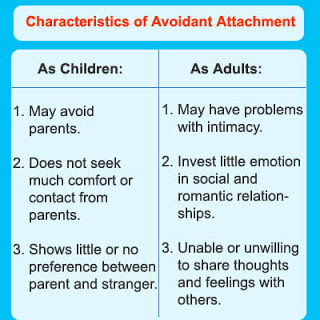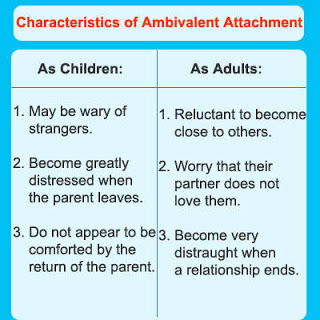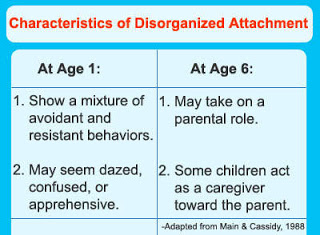Let’s take a look at what happens when infants may not have the opportunity to attach in healthy ways, due to parental death, neglect, abuse, addiction, or infant illness, isolation, or cognitive disability, for example. Less tragically, but no less significantly, a constant rotation of caregivers will also fail to support the attachment process in ways that are sustaining and mutually beneficial between caregiver and child.
I want to remind everyone that even in cases of parental abandonment for one reason or another, other loving caregivers can securely fill the primary attachment relationship role and ensure a child’s survival and well-being!
Attachment is not destiny; our brain and our being are flexible and resilient. We continually develop throughout our lifespan!
We do not all share the same race, culture, gender, personality type, or family configuration, and we all, to some degree or another, vary in our attachment style. The important thing is that we learn to attach, even if we are, or our parents were, at times insecure, avoidant, or ambivalent. We are watching out in our parenting for extreme insecurity in attachment relationships—which is in the minority of cases! And, in those cases treatment is possible!
Much of what is now understood about unhealthy attachment styles is based on Mary Ainsworth’s (1978) “Strange Situation” study. Essentially, Ainsworth’s hypothesis was that infants and children (between 12 and 18 months of age) tend towards exploration in an unfamiliar environment when a primary attachment figure (typically the mother) is present, and slow-down or cease exploration when he/she is absent. What resulted from her longitudinal studies was support for her hypothesis. Her studies also showed that individual differences were evident amongst the children depending on the nature of attachment relationship. In particular, differing behavioral responses in children upon reunion with their mother figure were most telling in terms of the quality of attachment relationship. According to Fraley’s (2010) summary of Ainsworth’s research:
Ainsworth proposed three types of attachment relationships based on her observations: secure, ambivalent-insecure, and avoidant-insecure. A fourth attachment style was proposed by Main and Solomon (1986) known today as disorganized-insecure attachment, frequently corresponding with the mental health disorder called Reactive Attachment Disorder (RAD). Here’s a great link for promoting healthy attachment in kids, particularly those diagnosed with RAD: http://www.attach-china.org/activities.html
Schore (2001) explains the process of finding the balance between separation and attachment as follows:
The nature of the kind of relationship we form with our children leads to specific behavioral responses on the part of our children, particularly in stressful situations and in intimate relationship. When we listen to ourselves and our children’s cues for happiness, discomfort, sadness, hunger, loneliness, tiredness, sickness, and fear we reassure ourselves and our children about our capacity for caring, for courage, for emotional regulation, and we once again restore our homeostatic and symbiotic balance after stress. Stress is, after all, an unavoidable part of life. Our kids are just looking for us to be their constant secure base and safe haven, especially during those stressful moments.
Keep in mind that the vast majority of us form secure primary attachments early in life. It is a small minority of us that fall into the following categories of insecure attachment styles that can form based on a poor quality of our primary attachment relationship(s):
Keep in mind that you need not be filled with regret if your own early attachment experiences were not positive. Adult romantic and/or otherwise intimate relationship learning contribute significantly to our later ability to attach as parents to our own children. Where there is life, there is hope! To be inspired by this message, watch The Human Experience (it is now available on Netflix as an instant download).
Dr. Lisa’s Parenting Tip:
A helpful book for any parents of children with RAD is When Love is Not Enough: A guide to parenting children with reactive attachment disorder (rad) by Nancy Thomas or Attachment-Focused Parenting: Effective Strategies to Care for Children by Daniel Hughes.
Ainsworth, M., Blehar, M., Waters, E., & Wall, S. (1978). Patterns of attachment: A
Main, M. & Cassidy, J. (1988). Categories of response to reunion with the parent at age
Roisman, G. & Chris Fraley, C. (2008). A behavior–genetic study of parenting quality,
Rutter, M. & Taylor, E. (2002) Child and adolescent psychiatry. (4th ed.). Oxford:
Schore, A. (2001). Effects of a secure attachment relationship on right brain
Journal, 22, (1-2), 7-66. http://www.allanschore.com/pdf/SchoreIMHJAttachment.pdf
Warren, S., Huston, L., Egeland, B., & Srouge, A. (1997). Child and adolescent anxiety




